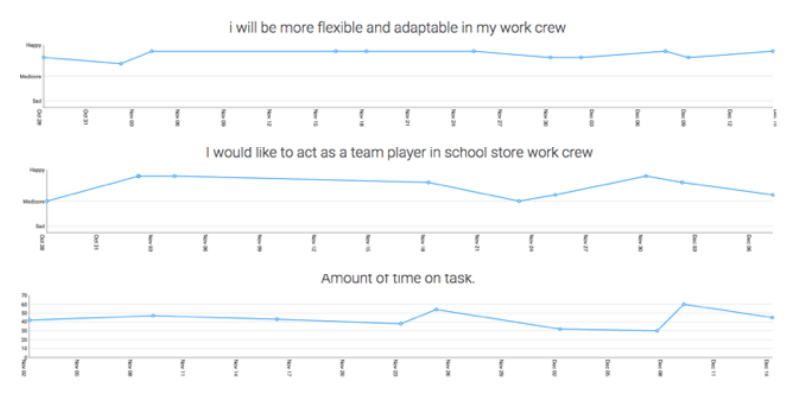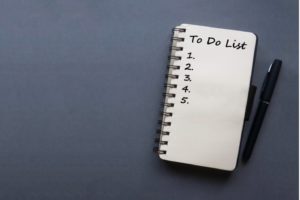Using Goal Guide at a School Store
My name is Josh. I’m a special education transition teacher in the Eugene, Oregon 4J school district and work in a program called Connections. Connections is designed to support students as they move from high school to adulthood; we serve students who are 18 to 21 years old who have graduated high school with modified diplomas.
The Connections curriculum focuses on developing the academic, communication, and executive functioning skills needed to be successful in vocational, educational, independent living, and recreational settings.
One of our primary goals is to prepare students for the workforce. To accomplish this, we teach a class called Employment How. Employment How focuses on vocational soft skills like accepting feedback or taking initiative on the job. The first hour is spent focusing on the skill and the second hour allows the students to practice what they have learned.
During the 2015 fall term, Connections students built a school store where they can work during the term they are enrolled in Employment How. The store is open to the Connections community on Mondays and Wednesdays from 12:00 pm to 12:25 pm (student shifts begin at 11:55 am and end at 12:30 pm).
Two students work during each shift, one cashier and one courtesy clerk. The overarching goal for the students is to be independent and work in the store without adult prompting or supervision. The cashier’s primary responsibility is to run the cash register and keep a log of what is purchased and the courtesy clerk’s responsibility is to assist customers, clean, stock shelves, face shelves, and to take inventory at the end of each shift.
While working in the store, the students have been using Goal Guide as a virtual job coach. The cashier and courtesy clerk both use iPads that are pre-loaded with a task list to be completed within the program at the end of their shift.
The list is shared with me and I can virtually monitor student progress on my personal Goal Guide account (as tasks are completed, notifications are sent to my account).
This task-based system has been working quite effectively. I do one or two brief check-ins during the shift to make sure things are going as smoothly as they seem on the Goal Guide application. So far, everything is going extremely well and students are able to complete tasks independently with virtually no prompting from adults.
In addition to the task lists, students also set and check individual vocational goals using Goal Guide. Each student picks a soft skill that they are working towards and concurrently tracks their progress within the application.
During the Employment How class, students analyze metrics that are tracked within Goal Guide. The metrics give students immediate feedback on how they are doing and this is increasing their self-confidence and motivation. The students are also able to share their data with their vocational rehabilitation counselor, brokerage personal agent, transition specialist, and parents.
Here are some goals our students have been working on and their self reported progress:

I appreciate Goal Guide because it helps to give students the time they need to work independently while allowing me to monitor their progress in real time. Students gain confidence because they are able to follow multistep directions without asking for adult support and concurrently receive reinforcement when they see their progress on the Goal Guide website. I feel like this case study is only the beginning of the number of ways we can work with Goal Guide within the education system. I’m excited to discover new ways to use the tool!



